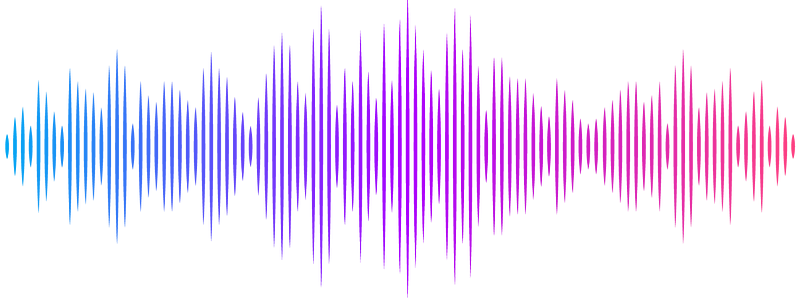Mechanism of CO2 and NH3 Transport through Human Aquaporin 1: Evidence for Parallel CO2 Pathways

Mechanism of CO2 and NH3 Transport through Human Aquaporin 1: Evidence for Parallel CO2 Pathways
Musa-Aziz, R.; Geyer, R. R.; Moss, F. J.; Boron, W. F.
AbstractThe traditional view had been that dissolved gases cross membranes simply by dissolving in and diffusing through membrane lipid. However, some membranes are impermeable to CO2 and NH3, whereas some aquaporin (AQP) water channels-tetramers with hydrophobic central pores-are permeable to CO2, NH3, or both. Nevertheless, we understand neither the routes that CO2 and NH3 take through AQP tetramers, nor the basis of CO2/NH3 selectivity. Here, we show-for human AQP1-that all NH3 and about half the CO2 pass through the hydrophilic, monomeric pores. Surprisingly, the remaining half of CO2 takes another pathway. We expressed AQP1 in Xenopus oocytes and used microelectrodes to monitor surface-pH transients caused by CO2 or NH3 influxes. We found that p-chloromercuribenzene sulfonate (pCMBS)-which reacts with C189 in the monomeric pore-eliminates the entire NH3 signal but only half of the CO2 signal and osmotic water permeability of AQP1. 4,4\'-diisothiocyanatostilbene-2,2\'-disulfonate (DIDS), eliminates the remaining CO2 signal but has no effect on NH3 or osmotic water permeability. Together, the two drugs completely eliminate the CO2 permeability of AQP1. When we express AQP1 in Pichia pastoris, treat spheroplasts with DIDS, and examine AQP1 by SDS-PAGE, reactivity with an anti-DIDS antibody shows that DIDS crosslinks AQP1 monomers. Our results provide the first evidence that a molecule can move through an AQP via a route other than the monomeric pore, and raise the possibility that selectivity depends on the extent to which CO2/NH3 move through monomeric pores vs. an alternate pathway (e.g., the central pore).